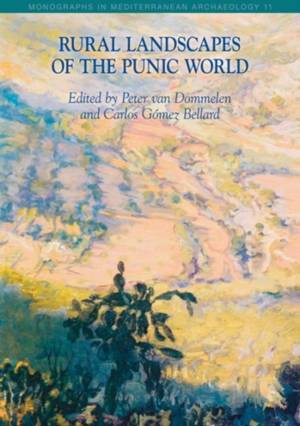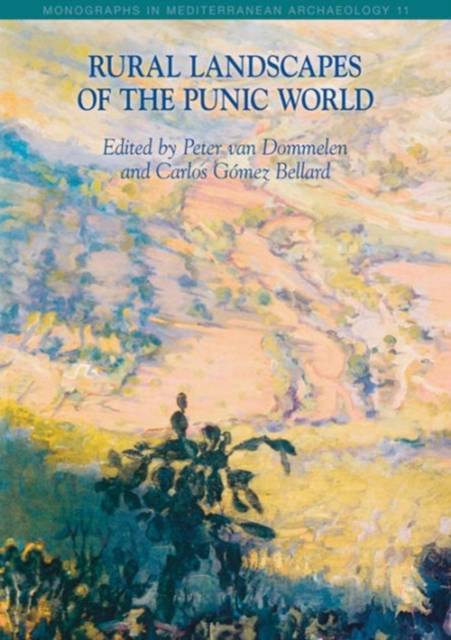
Bedankt voor het vertrouwen het afgelopen jaar! Om jou te bedanken bieden we GRATIS verzending (in België) aan op alles gedurende de hele maand januari.
- Afhalen na 1 uur in een winkel met voorraad
- Gratis thuislevering in België vanaf € 30
- Ruim aanbod met 7 miljoen producten
Bedankt voor het vertrouwen het afgelopen jaar! Om jou te bedanken bieden we GRATIS verzending (in België) aan op alles gedurende de hele maand januari.
- Afhalen na 1 uur in een winkel met voorraad
- Gratis thuislevering in België vanaf € 30
- Ruim aanbod met 7 miljoen producten
Zoeken
€ 80,95
+ 161 punten
Uitvoering
Omschrijving
Phoenician and Punic archaeology have long been overlooked by Mediterranean archaeologists, who focused their attention on Greek and Roman cultures. Although the Punic cities and their rural landscapes are to be found along the southern shores and on the islands of the western Mediterranean basin, comprehensive studies of these archaeological remains are virtually non-existent. This book investigates Punic rural settlement in the western Mediterranean by bringing together and comparing the currently dispersed existing evidence for rural Punic settlement. The core of the volume is accordingly made up by a detailed discussion of the archaeological evidence for Punic rural settlement from Sardinia, Sicily, Ibiza, mainland Spain and North Africa. Because agriculture and agrarian produce have always been assumed to have played a critical role in the Carthaginian colonial expansion, the connections between the various colonial contexts and the local characteristics of rural organisation are explored in detail in order to enhance our understanding of these colonial contexts. This in turn provides better insight into Carthaginian colonialism and local Punic rural settlement and their role in the wider Mediterranean context. By publishing this evidence and these interpretations in English, the authors hope to draw attention to Punic archaeology in general and to these rural studies in particular, and to situate them in the wider Mediterranean context of both classical Antiquity and Mediterranean archaeology.
Specificaties
Betrokkenen
- Auteur(s):
- Uitgeverij:
Inhoud
- Aantal bladzijden:
- 300
- Taal:
- Engels
- Reeks:
Eigenschappen
- Productcode (EAN):
- 9781845535063
- Verschijningsdatum:
- 30/09/2013
- Uitvoering:
- Paperback
- Formaat:
- Trade paperback (VS)
- Afmetingen:
- 175 mm x 251 mm
- Gewicht:
- 517 g

Alleen bij Standaard Boekhandel
+ 161 punten op je klantenkaart van Standaard Boekhandel
Beoordelingen
We publiceren alleen reviews die voldoen aan de voorwaarden voor reviews. Bekijk onze voorwaarden voor reviews.









